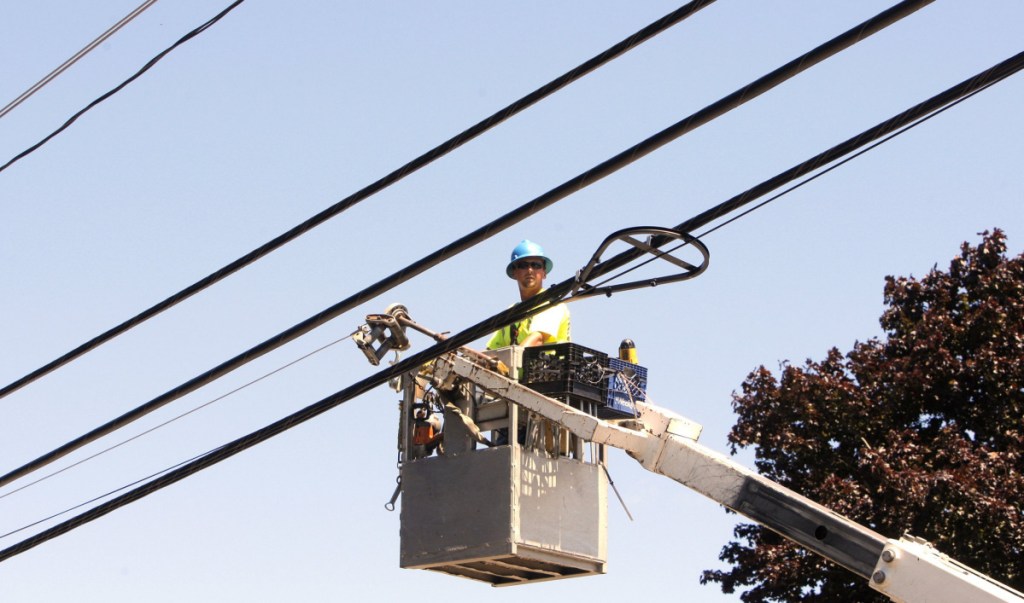One of the most pressing problems facing rural and small-town America is the lack of high-speed internet, the facilitator of just about every aspect of modern life.
As much as anywhere, that is true in Maine, where slow connections are holding back areas of the state that are already struggling, keeping businesses from expanding and communities from growing.
But unlike so many of our big problems, this one has an answer. Rural or under-served communities, in the absence of much of any comprehensive effort from Augusta or Washington, are stepping up to save themselves.
That good work, happening in spots throughout the state, got a boost last week when the Post Road Foundation, a national nonprofit aimed at bridging the digital divide, announced that three Maine projects will be among the five nationwide to take part in a pilot project. The city of Sanford, the Old Town-Orono Fiber Corp. and a collaboration of groups Down East will each work with the foundation to evaluate the costs and benefits of placing high-speed smart fiber on utility poles. A group from rural Michigan and one from the Blue Ridge Mountain region of Georgia and North Carolina were also selected.
The coalition Down East involves, among others, the Eastern Maine Electric Cooperative and Downeast Broadband Utility, a municipal utility district formed by Calais and Baileyville to bring high-speed internet to a region with too few customers to attract private investment – the chief challenge facing rural areas and small towns throughout the country when it comes to broadband access.
New regulations allow municipal utility districts to place fiber along existing utility poles, once a lengthy, costly and uncertain process that required seemingly endless negotiations with the poles’ owners.
The Down East project is further along than the other Maine projects selected. The groups plan to put up 87 miles of fiber, bringing high-speed capability to 97 percent of homes and businesses, including Woodland Pulp and St. Croix Tissue, the region’s largest employer with more than 400 workers.
High-speed internet is necessary not only for large employers, but small businesses, too, and everyone in between who wants to connect with the larger world online. In some areas of Maine, businesses can’t run credit card machines reliably. Internet speeds also affect employees who telecommute and residents who want to use telehealth or remote education services. It’s a quality-of-life issue, as well, for residents as well as tourists.
Recognizing this, the residents of Cranberry Isles, off Mount Desert Island, came together to bring high-speed internet to the islands when no one else would, using the same kind of public-private partnership as the other groups. Islesboro, too, just opened a fiber-optic network.
Julie Jordan, director of Downeast Broadband Utility, told the Editorial Board that the attention of Post Road Foundation is an important boost for her group, and the state. It brings attention to what the local group has accomplished so far, she said, and shows other rural areas that they can do it, too.
Like many other areas of rural Maine, the state’s Down East region is suffering, losing workers, jobs and students. Officials there clearly saw they had a problem, and were sick of waiting for someone else to help – so they did it themselves. “We don’t want to fade away to nothing,” Jordan said.
Send questions/comments to the editors.


